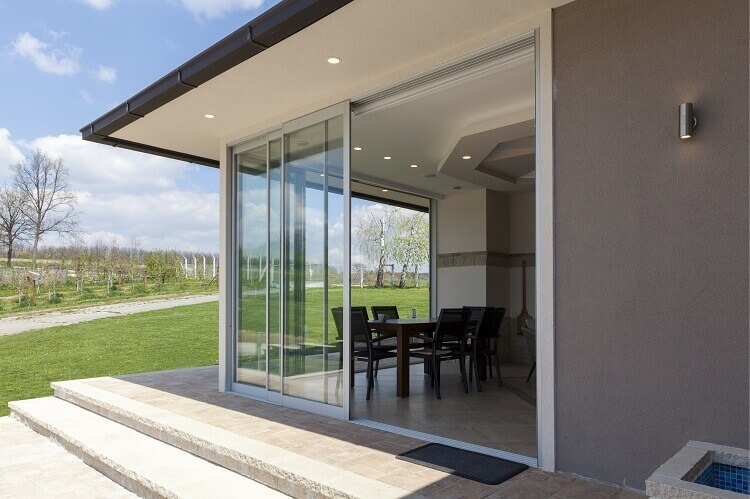Content Attributes
Contrary to what some people believe, there isn’t a “one-size-fits-all” when it comes to solar panels. In fact, there are different types of solar panels to choose from. Since everyone has a different electricity expense, when choosing your preferred solar panel, compare electricity rates and match them to your monthly bill.
However, with multiple solar panel options on the market, how do you decide which one is right for you? Well, we’ll answer that question in the content below. Read on to learn more.
The Various Types of Solar Panels
There are three different kinds of solar panels to select from, which include the following:
Monocrystalline Solar Panels
The monocrystalline solar panel is the most popular panel out of the three options. It’s a favored choice because of its look and design. The solar cells within these types of panels are single and have a black color.
The sleek, black panels provide a tinted appeal that homeowners love. You’ll know it’s a monocrystalline panel by the design of the silicon wafers. They are square-shaped and have the corners cut off.
The solar cells in these panels include a silicon wafer that’s made from a singular silicone crystal. The crystals are created via the Czochralski technique.
This method involves putting a seed crystal on a vet of melted silicon. The seed is then drawn up and the molten silicon is shaped around it—which forms the crystal.
Generally, a monocrystalline panel consists of 60 or 72 solar cells, depending on the panel size. The majority of home installations come with the 60-cell option.
In addition to that, monocrystalline solar panels have the greatest efficiency and power capacity out of all the different types of solar panels. Its efficiencies range from roughly 17 to 22%.
Since monocrystalline cells are made with one crystal of silicon, the electrons flow through the cell easier. As a result, it makes the PV cell efficiency greater than other kinds of solar panels.
Polycrystalline Solar Panels
One of the main advantages of polycrystalline solar panels is that they are great for homeowners who want to install panels on a budget. These types of solar panels generally don’t have the corners cut off of them.
That means, that the white gaps that are visible on monocrystalline panels won’t be seen on the front of polycrystalline panels. These solar panels go through a different manufacturing process, which gives them a blue color. Some homeowners like the color—others don’t.
Polycrystalline solar cells are created the same as monocrystalline panels. A singular seed crystal is put on top of molten silicon.
The only difference is that instead of removing the silicon seed crystal, the entire vet of silicon cools on it. The cooling process creates numerous crystals.
Again, these panels also contain either 60 or 72 cells.
On the downside, polycrystalline solar cells make it more difficult for electrons to flow through. Therefore, the structure lowers the efficiency rate and drops it down to roughly 15 to 17%.
Luckily, polycrystalline panels are a lot more efficient nowadays thanks to technology. The improvements have boosted the 60-cell panels from 240 watts to over 300 watts.
Thin Film Solar Panels
Thin film solar panels are very different from the other two types of solar panels. They are completely black and don’t have the standard silicon cell outlines. Normally, thin film solar panels are flexible and lightweight, which makes them super simple to install.
This kind of solar panel is generally used for large scale operations, like utility or industrial installations. The reason being is because of their low efficiency ratings.
Thin film solar panels are created by depositing thin layers of photovoltaic substances onto a solid surface, such as glass. Due to the manufacturing process, these solar panels are lightweight, but the process makes them less efficient than crystalline solar panels.
Unfortunately, this version is not a favorite amongst homeowners. Most feel that it is the worst solar panel out of all three because of its low efficiency. In recent years, thin film efficiencies were only in the singular digits. However, manufacturers have finally reached 23.4% efficiency with these types of solar panels.
Therefore, they don’t make a good match for residential properties because the space is limited. However, they do work well on big scale installations, like industrial projects.
In addition to that, thin film doesn’t last as long. It degrades faster which means it has to be replaced often.
Basically, all of these have a specific perk that they bring to the table. If you can’t decide which one to use, only buy the first two options for your residence. If you are on a budget, then install the polycrystalline solar panels.
But if you want to invest in a long-term option, then have the monocrystalline solar panels installed. Also, if you don’t know where to find quality solar panels, check out blue raven solar.
Now that you know more about the different types of solar panels, which one do you think you will choose for your home?
Various Types of Solar Panels: Which Will You Choose?
As you can see, each of the different types of solar panels has something to bring to the table. No matter which option you choose, you’re guaranteed to save energy and money by getting the solar panel installation.
If you’re undecided on which option to select, weigh the pros and cons of each. Then, decide which features are most important to you.
If this information was helpful, feel free to read more of our website. We publish content related to a variety of informative topics.



